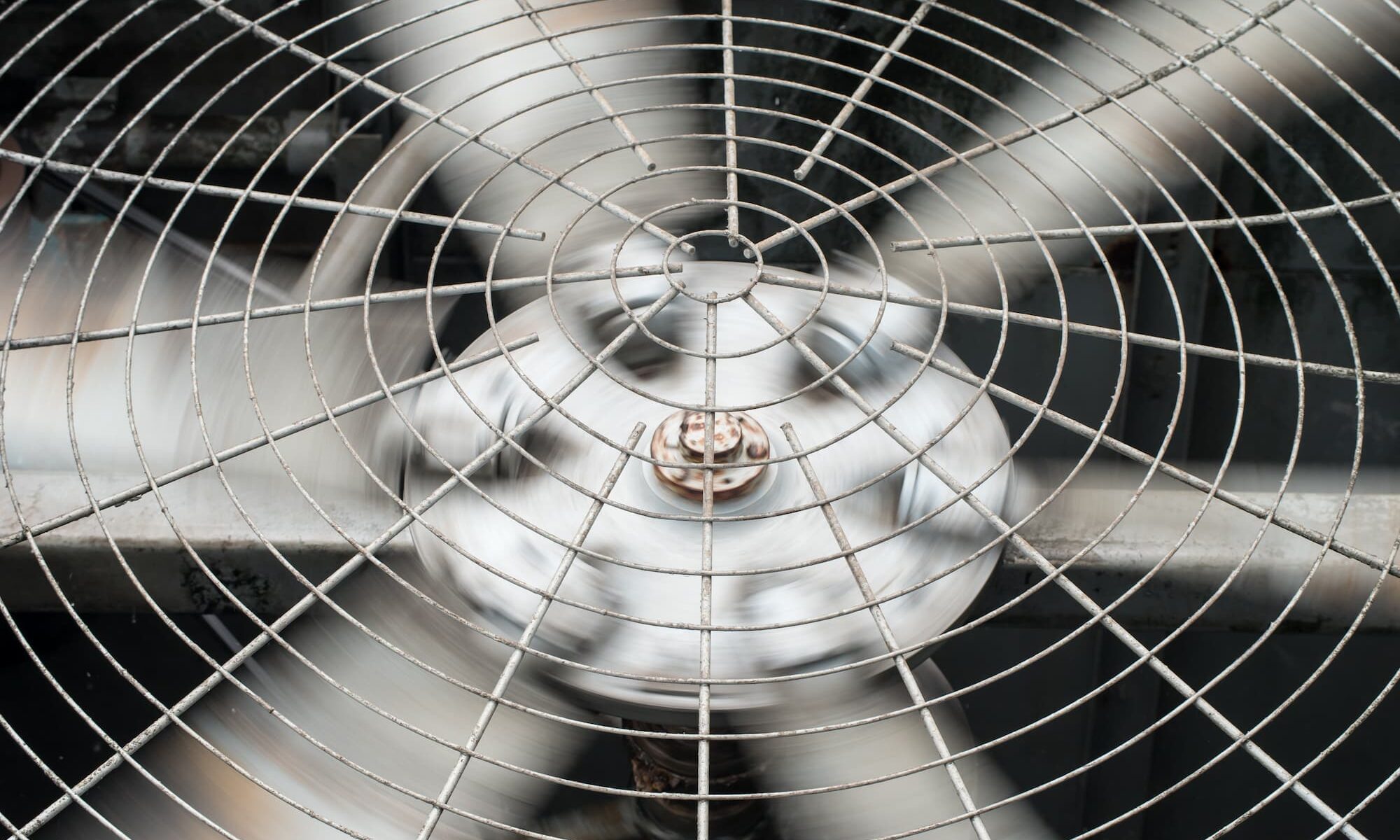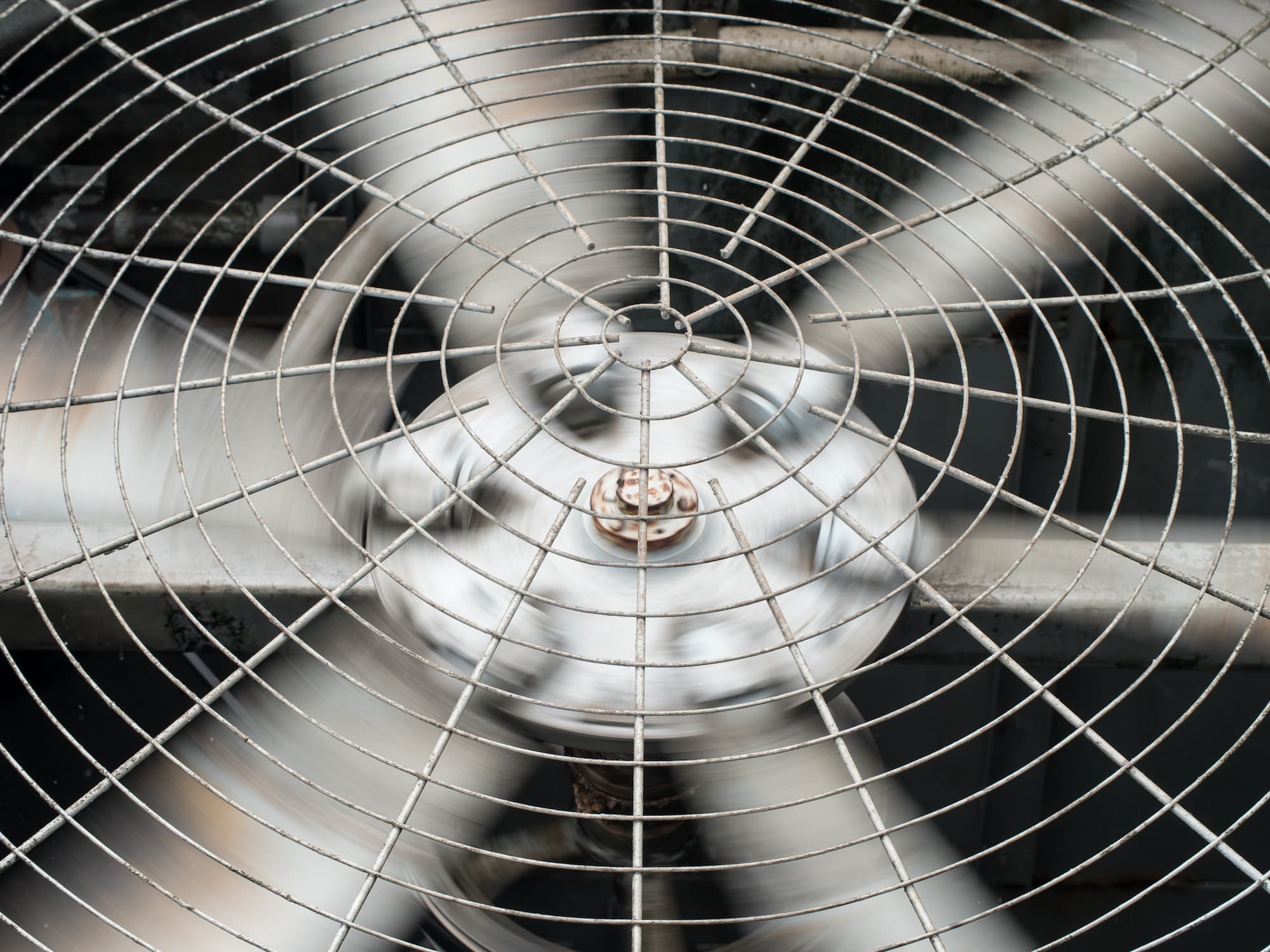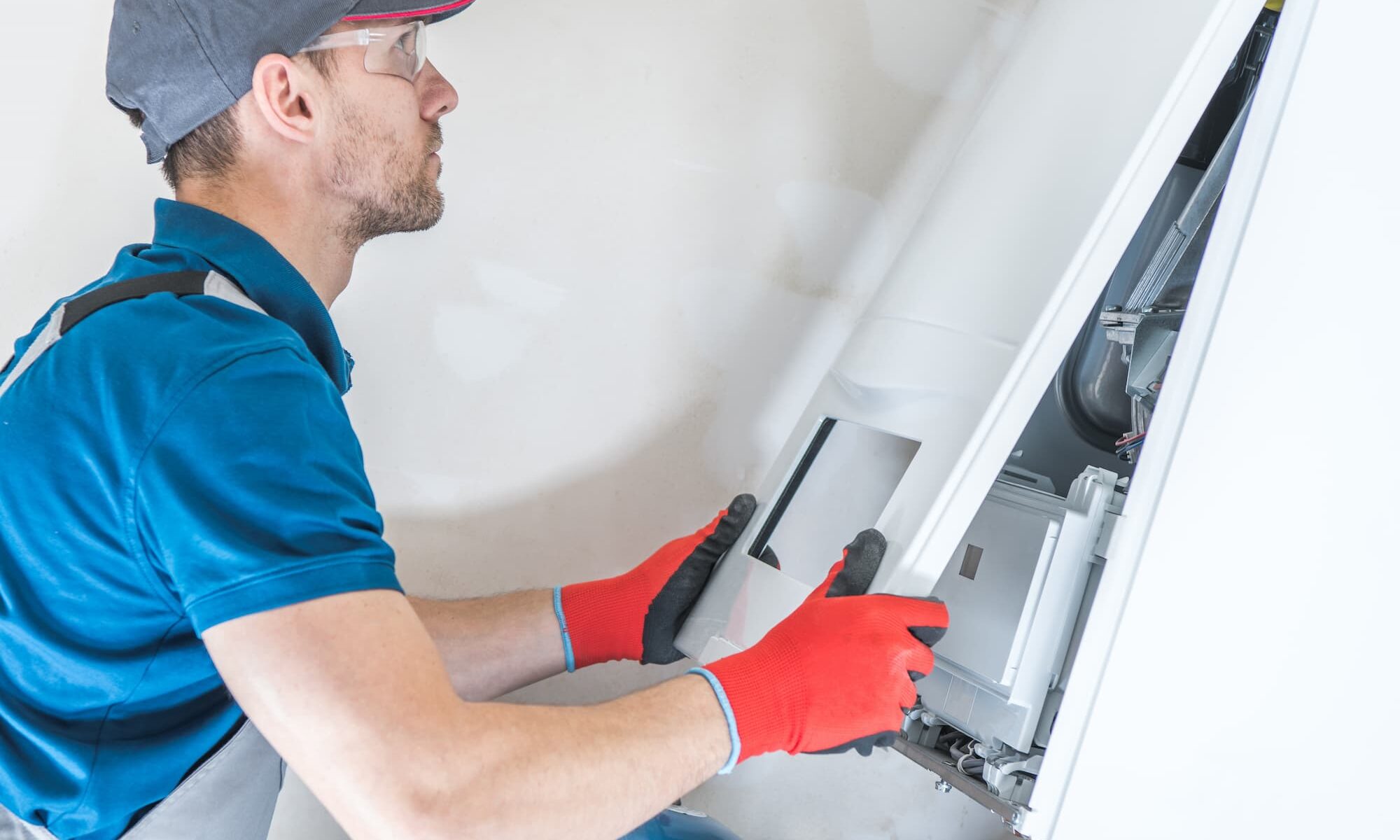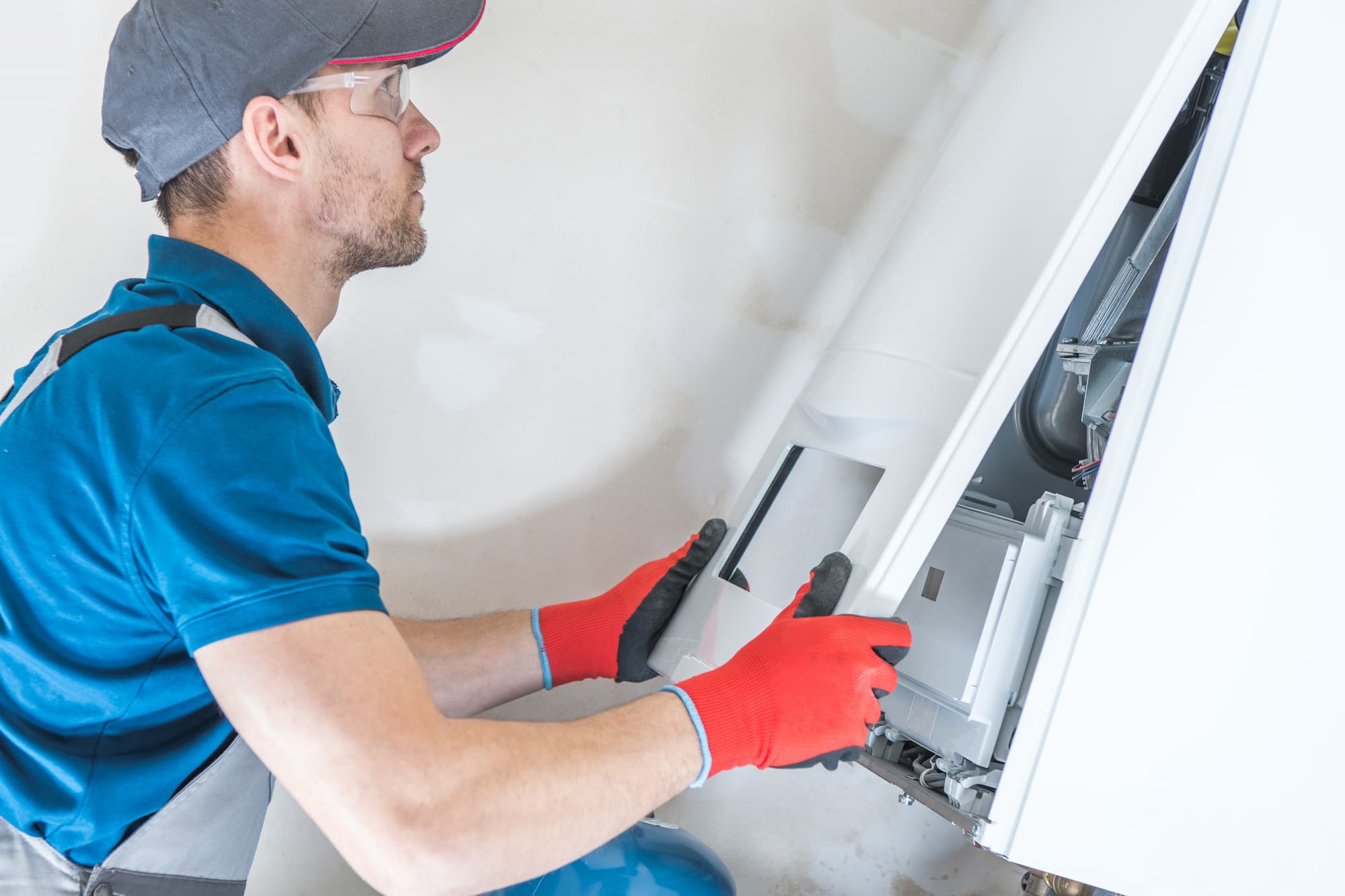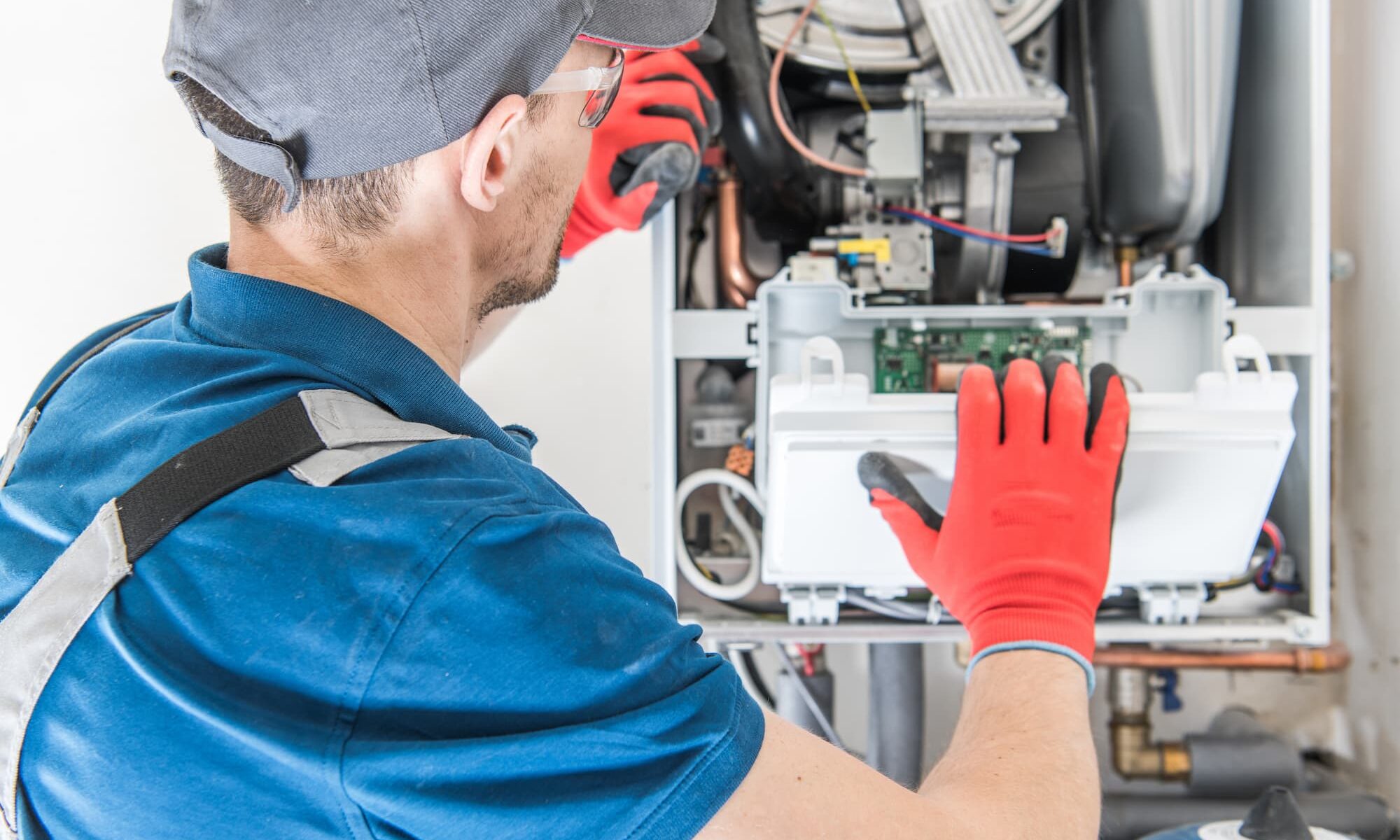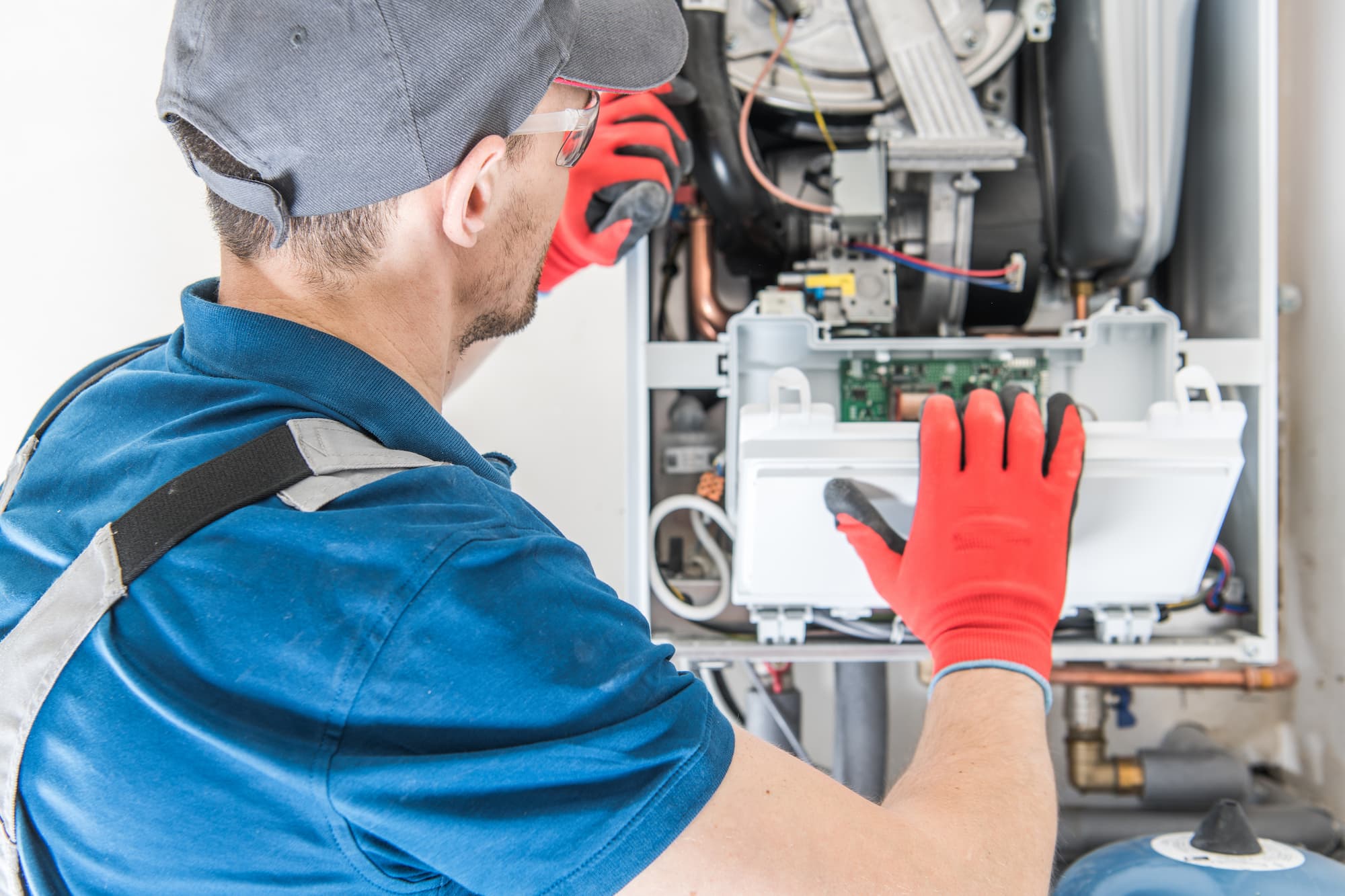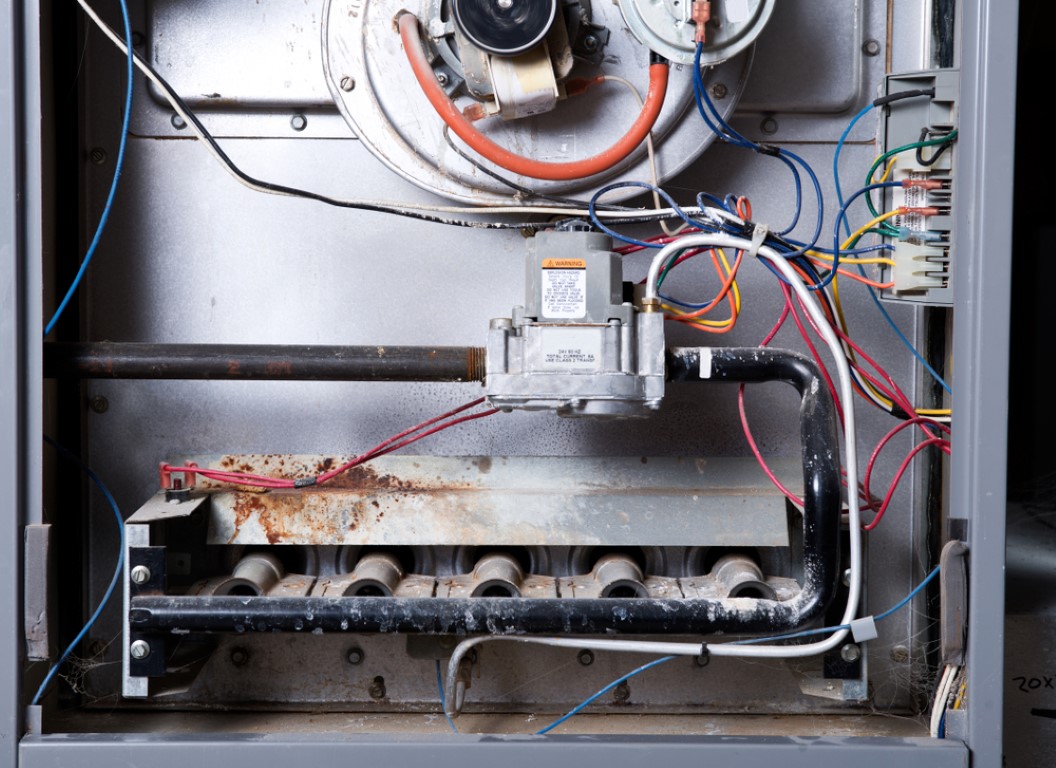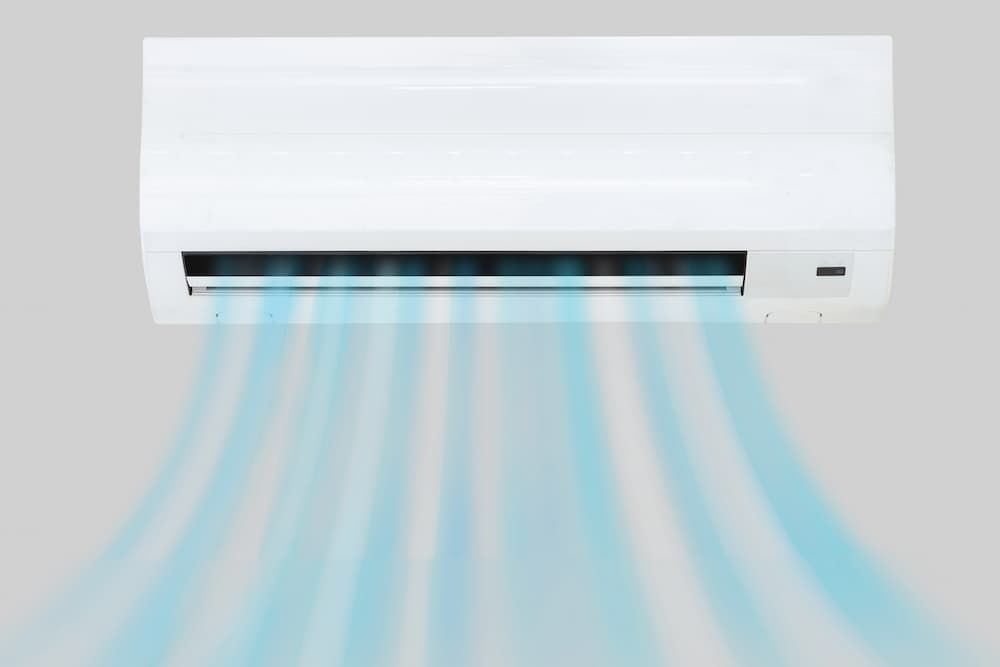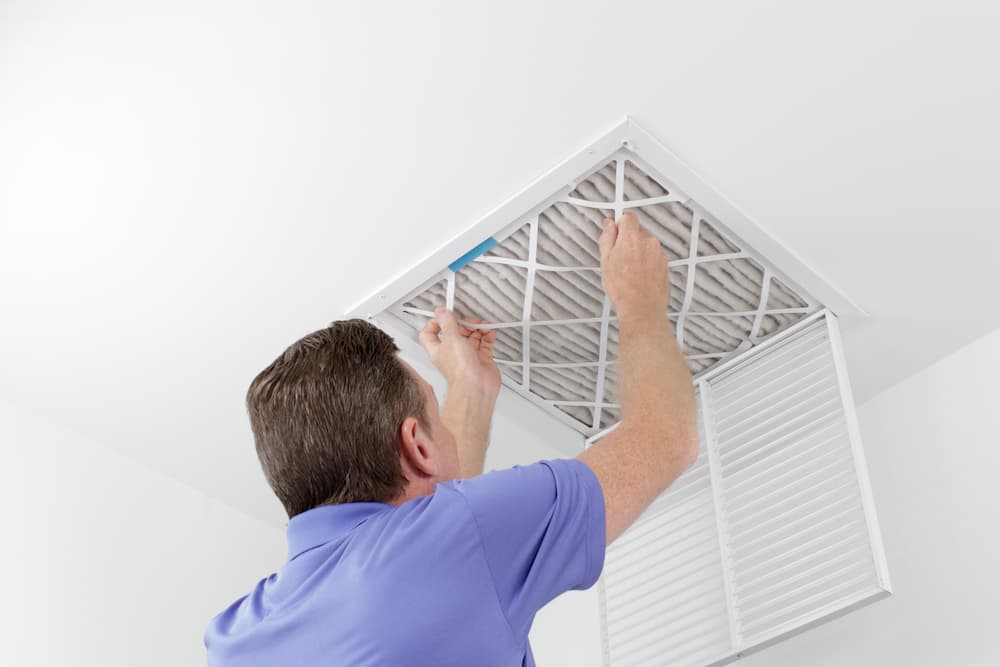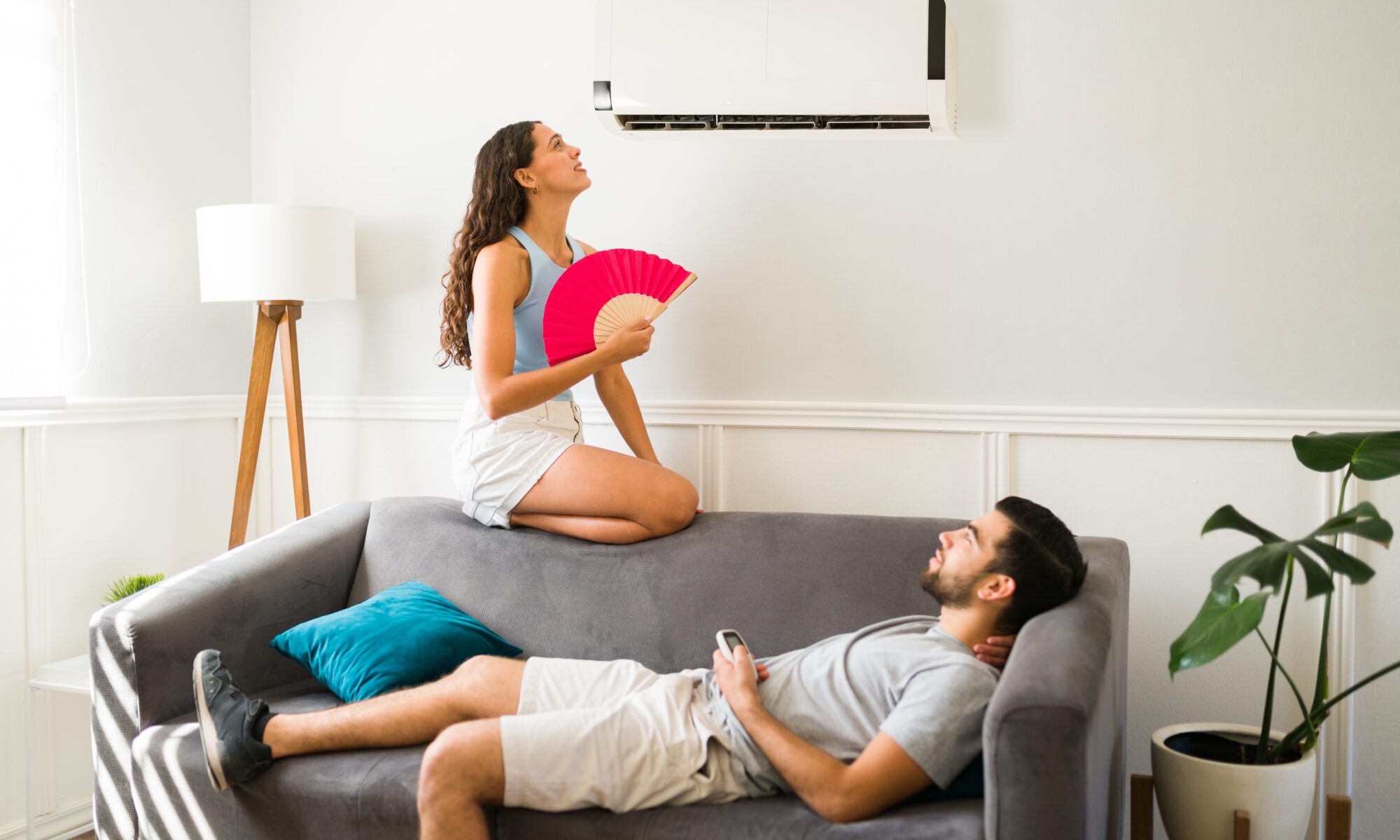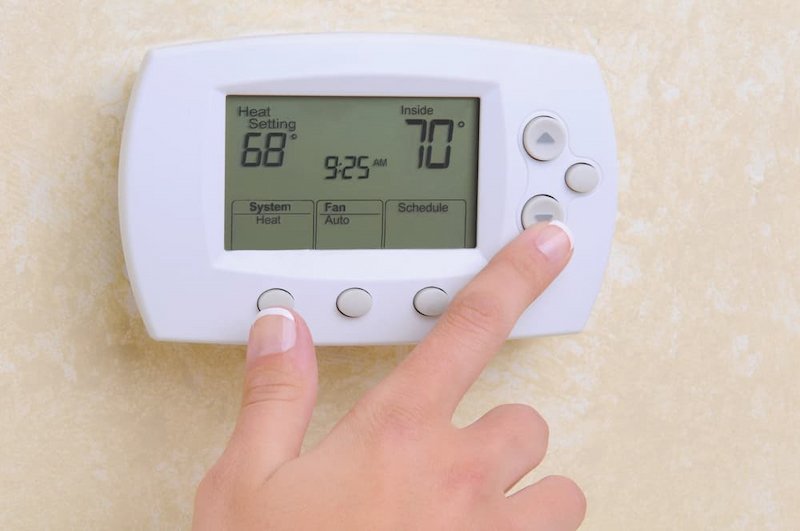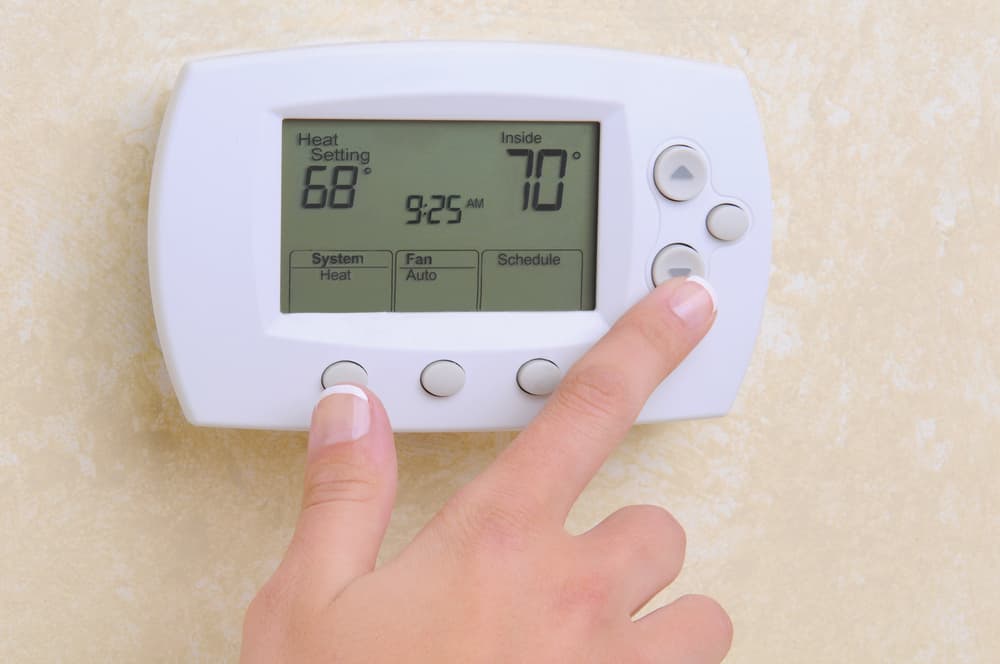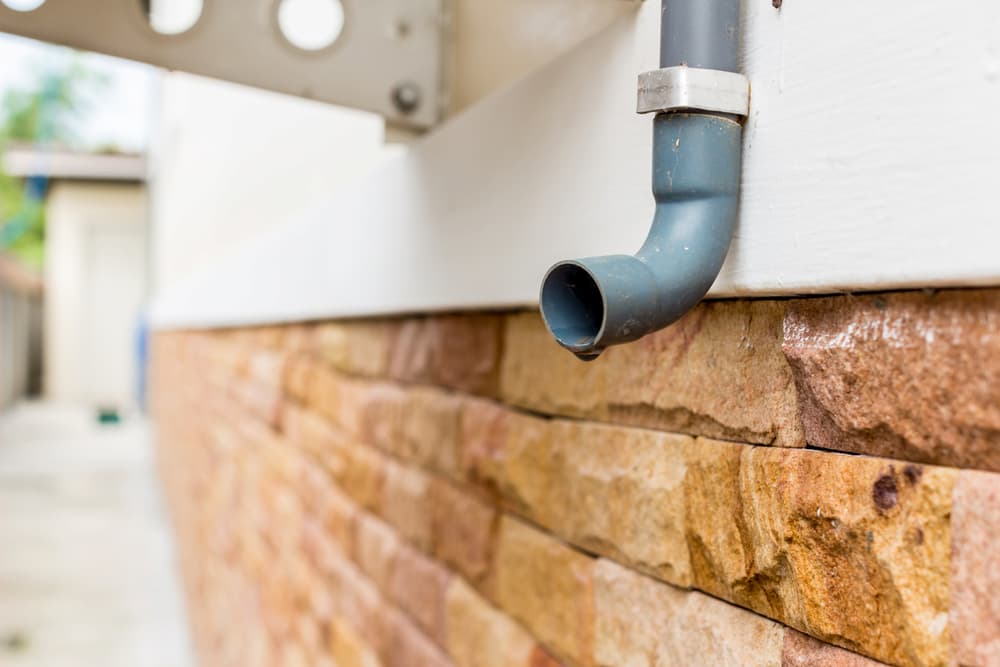From regular maintenance to brand-new installations, there is a wide range of HVAC components in a central heating and cooling system. Superstition Cooling strives to make HVAC service easy for our customers throughout Phoenix’s East Valley, both on and off the job.
While there’s generally very little DIY HVAC maintenance and repair work (and it’s important to rely only on a professional), knowing how your system works can help allay major fears or anxiety the next time something goes wrong. Read on to learn how the main parts of an AC unit and furnace work together to keep you cool in the summer and warm in the winter.
Core Components of a Central HVAC System
Both AC systems and heaters rely on a heat exchange process to extract and separate cold and hot air. A thermostat then controls how much hot or cold air your HVAC system delivers through the ductwork, but a lot of technical processes occur to make it all happen.
While the principles behind central air conditioning and heating are very similar, they achieve their functions using very different components.
Furnace
The furnace (aka air handler) is the biggest of your HVAC components. A heat exchanger located inside the furnace draws in and heats air before a fan sends it throughout the duct system. Furnaces come in two standard types:
- Electric, which uses an array of heating elements
- Natural gas, where a pilot light heats a combustion chamber
As soon as you suspect a malfunctioning unit, take timely action to ensure small issues don’t turn into bigger problems. Our highly experienced NATE-certified technicians are ready with timely heater repair services. We can also provide an honest assessment of the overall health of your system.
Evaporator Coil & Condensing Unit
Evaporator coils must perform the opposite function of the heat exchanger, separating heat and consolidating cool air. The evaporator coil is normally located on the top or side of the furnace, and it must work with several other AC system components extending to the property’s exterior.
The heat exchange process occurs through a series of coils filled with refrigerant supplied by a condensing unit on the outside of the property. The refrigerant continually travels between the evaporator coil and condensing unit via durable, small-diameter refrigerant lines.
As warm air passes over the coils, the refrigerant quickly absorbs heat and leaves cool air behind. The heated refrigerant then returns to the condensing unit, emitting the collected heat away from the property.
These three parts of an AC unit – an evaporator coil, condensing unit, and refrigerant lines – serve the same goal but with very different functions. Keeping all your AC system components in good working order depends on both:
- Timely AC repairs
- Regular system tune-ups
Ductwork & Vents
As mentioned, the central furnace and cooling system blows treated air where intended at the press of a pre-programmable button! Before the heated or cool air gets to you, it must travel through a series of sealed ducts and vents.
All it takes to lose your heating and cooling efficiency is a single breach in your ductwork. Long-term buildup of dust and debris is also problematic (and harmful to your health). That’s why our routine duct maintenance services are just as important as servicing the heating and cooling units themselves.
Other times, the thermostat is the only malfunctioning unit – but it can also indicate HVAC components that are on their way out. The key is to call our highly trained HVAC specialists early when you encounter any problems. We back our repairs with a robust one-year warranty. In the event a new installation is in order, we also carry a wide range of dependable devices with 10-year factory warranties.
Above all, we want to help you protect your investment and achieve many years of comfort and health.
Contact Superstition Cooling For Service You Can Believe In
While the various components of HVAC systems are relatively simple on their own, they must work together seamlessly to ensure efficient long-term operation. Keeping all the parts of an AC unit and furnace in optimal working order can also reduce utility costs, improve indoor air quality (IAQ), and reduce long-term property maintenance headaches.
We’re proud to be a family-owned and operated company with a legacy of client-first service in Apache Junction and the surrounding area. If you suspect your heating and cooling system is on the fritz, don’t delay – request a free estimate from Superstition Cooling today.
Image Source: ieang/Shutterstock

